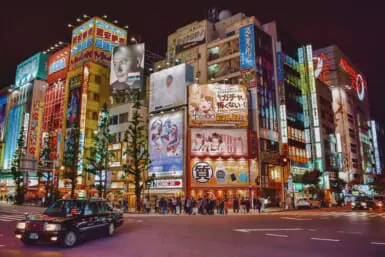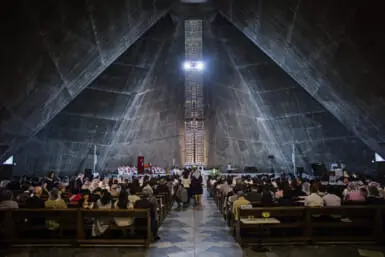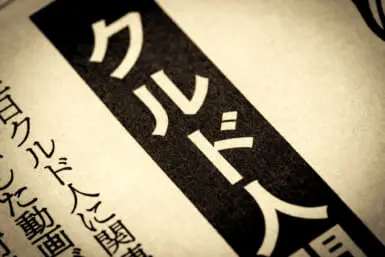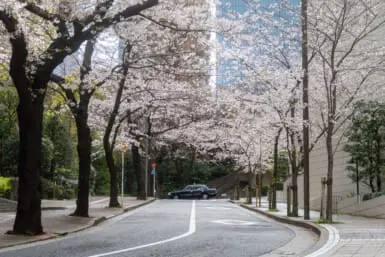With prices continuing to soar, the Japanese government announced this week that it will be releasing stockpiled rice until around the end of July. It has released two installments of rice from its stockpiles, weighing a total of 210,000 tons. Auctions took place in March, with sales beginning toward the end of that month. So far, the releases have had little impact with regard to stabilizing prices.
Average Rice Prices in Japan Increase for a 13th Consecutive Week
According to the Agricultural Ministry’s figures, between March 24 and 30, when the first wave of stockpiled rice hit shelves, the average price at around 1,000 supermarkets of 5 kilograms of rice was ¥4,206, including tax. That represented an increase of around ¥10 from the previous week. It’s the 13th consecutive week the average price has risen, and more than double the cost of a year ago.
In an attempt to offset this trend, the government will continue with its plan of releasing stockpiled rice. A third auction offering 100,000 tons of rice will take place in the fourth week of April. “The goal of the measure is to stabilize rice prices by ensuring a steady supply,” said Agriculture, Forestry and Fisheries Minister Taku Eto at a press conference on Wednesday. “We will take steps to ensure the rice reaches consumers as quickly as possible.”
Eto made the announcement after receiving instructions from Prime Minister Shigeru Ishiba earlier in the day. He added, “We will consider taking further measures without hesitation, if necessary.”
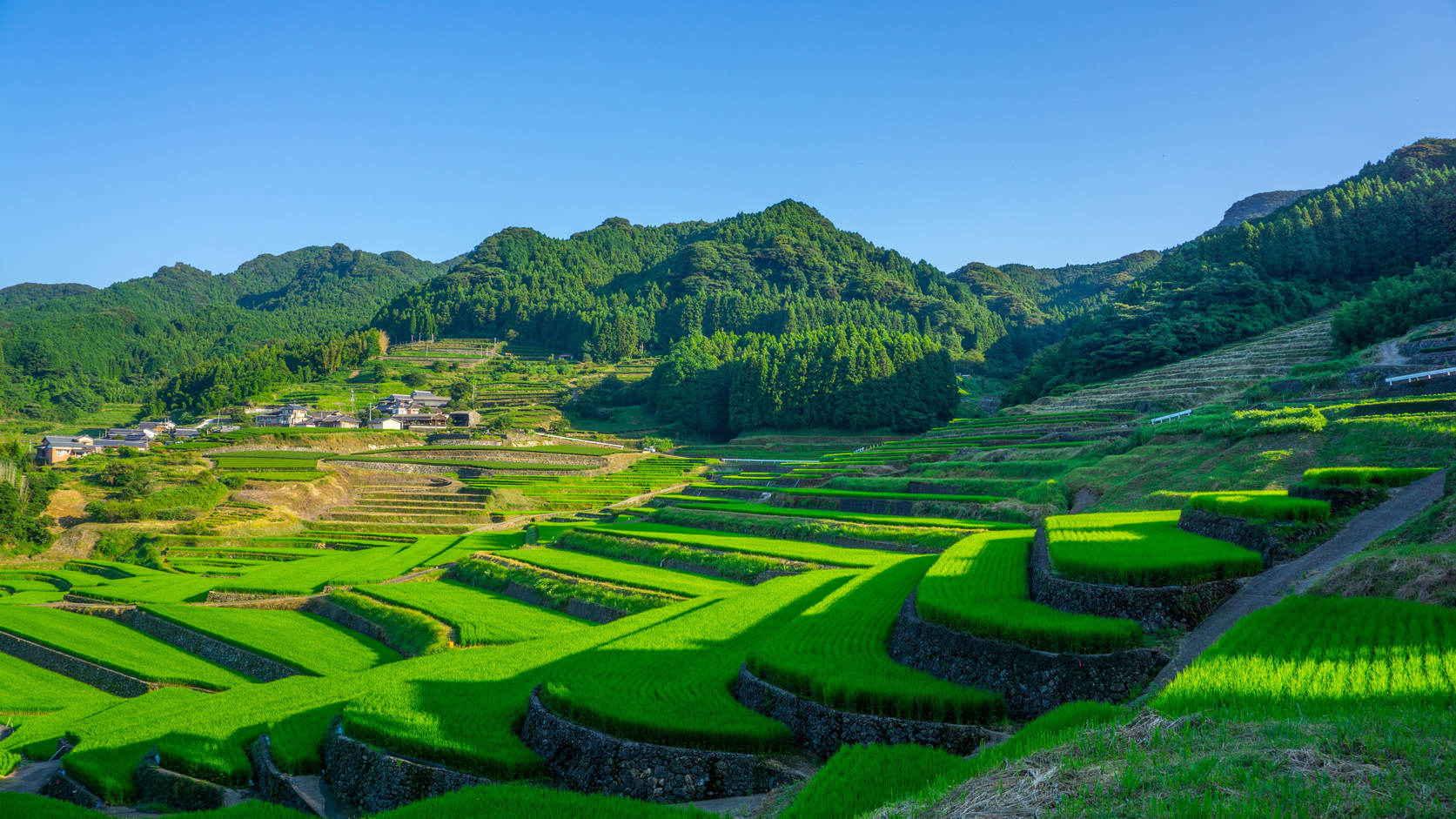
Japanese rice field
Japan’s Rice Reserve
A rice reserve was created by the government in 1995, two years after a surprisingly cool summer crippled rice harvests. The stockpile was drawn from following the 2011 Tohoku earthquake and tsunami and the Kumamoto earthquake five years later. The government decided to dip into it again this year as prices continue to rise, driven by a combination of factors, including a poor harvest in 2023 caused by high temperatures. Panic buying last year triggered by an advisory warning of a potential megaquake along the Nankai Trough exacerbated the situation.



